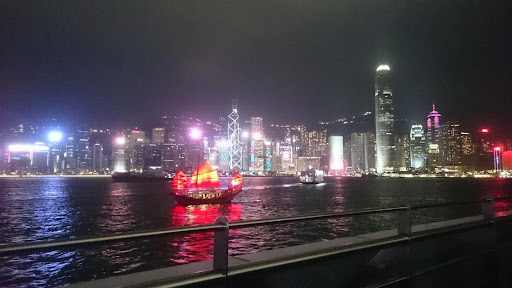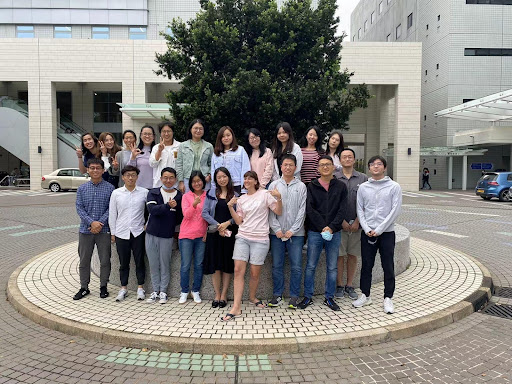By Maëva Perez, former PhD student at l’Université de Montréal
In late 2019 I received the FRQNT/QCBS international internship award to integrate the laboratory of Prof. Pei-Yuan Qian at the Hong-Kong University of Science and Technology (HKUST) the following fall. This lab is the leading expert on everything “-omics” when it comes to deep-sea animals and I was going to start a very exciting project on the epigenetics of deep-sea worms. We all know what happened next: Sars-Cov-2. After months of uncertainty, I was able to get a visa and between two waves of infection, while the border was temporarily reopened in October 2020, I took off. Pandemic restrictions obliged, my first two weeks were spent in quarantine, locked up in a hotel room. The experience was strangely freeing. I had ample time to recover from the jet lag and in between my food deliveries, lived a serene life working on my thesis and playing videogames. I was even able to deal with a surprising number of administrative tasks (e.g., getting a phone plan, setting up appointments, finding accommodation, etc.) from the comfort of my bed.
1st day out of quarantine. I rode the elevator that took me to the ground floor of the hotel with great excitement and ran towards the door out onto the street. It was then that it hit me. The blinding daylight, the deafening noise of the city, the smell of car exhaust, the density of the people coming and going in the streets. I felt like coming out of a cave into civilization, and I was completely overwhelmed. I looked back inside the hotel. I wanted to return to my room and stay there. “Allez! You can’t hide forever.” I told myself. “Let the adventure begin”. The first task was to open a bank account. The following Monday would e my first day in my new lab.



I was welcomed with great warmth by my new lab-mates who found me wandering around the corridors of the Ocean Sciences building. Of course, I had gotten lost. They showed me around the laboratory facilities and the gorgeous cliff-hanging campus of HKUST. The university is located about 45 minutes away from the central district of Hong Kong in the lush municipality of Clear Water Bay. The ocean view was breathtaking. After lunch, I met with Prof. Qian and the laboratory manager set up the roadmap of my project and chatted about the specific training and resources I needed to start working in the lab. My plan was to sequence the genome, the epigenome and the transcriptome of deep-sea worms! Weeks before, I had sent the precious samples in a big cooler full of dry ice in order to keep them frozen during their 12000 km journey from Montreal.
My labmates taught me everything they knew about extracting the best quality DNA and RNA from deep-sea animals, but doing so with the new species I study nevertheless required weeks of trial and errors. When we were satisfied with the quality of the extractions (high contiguity of the nucleic acid fragments, high concentration, and low levels of impurities) we sent them all to a specialized sequencing company for the next, more delicate steps of the process. Five weeks later, I received about 3T of high throughput sequencing data! It took me several days to download it. I couldn’t wait to discover all of the stories hidden in these text files filled only with the four letters of the alphabet of life A, T, G, and C. From genome assembly, genome annotations, DNA methylation profiling and statistical inferences, the analyses would take me another two years to complete. Having regular lab meetings and casual conversations with my new colleagues allowed me to make steady progress, keep motivated, and learn from their experiences. The resulting study entitled “Third-generation sequencing reveals the adaptive role of the epigenome in three deep-sea polychaetes” was published this summer and I am really proud of it.

During my stay in Hong Kong, the borders were completely closed. I did not get the chance to see my partner for 12 months and having to be separated was difficult. Thankfully, I was surrounded by great friends and we kept busy with the many things the city had to offer. There were a few restrictions but thanks to strong mask and later vaccine requirements, life in Hong Kong was quite normal. We did a lot of hiking, water activities and dinner parties, and I had a blast discovering the amazing diversity of Chinese cuisine. Reflecting on that time, I feel deeply privileged. This international experience allowed me to discover new cultures, make new friends, and steer my academic career on a new path. Needless to say, when I was given the opportunity to return to Hong Kong to work as a postdoctoral researcher, I did not hesitate 😀



About the author: Maëva Perez is a former PhD student at l’Université de Montréal and a current member of our editorial team!

0 Comments